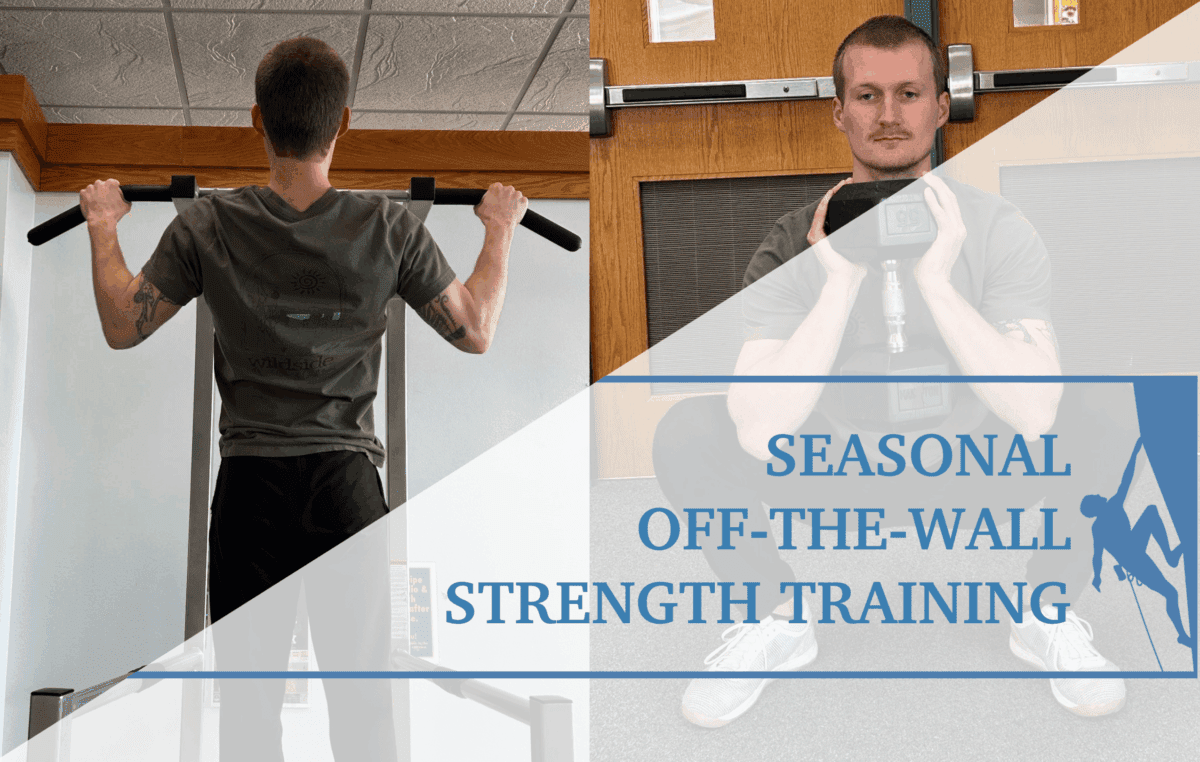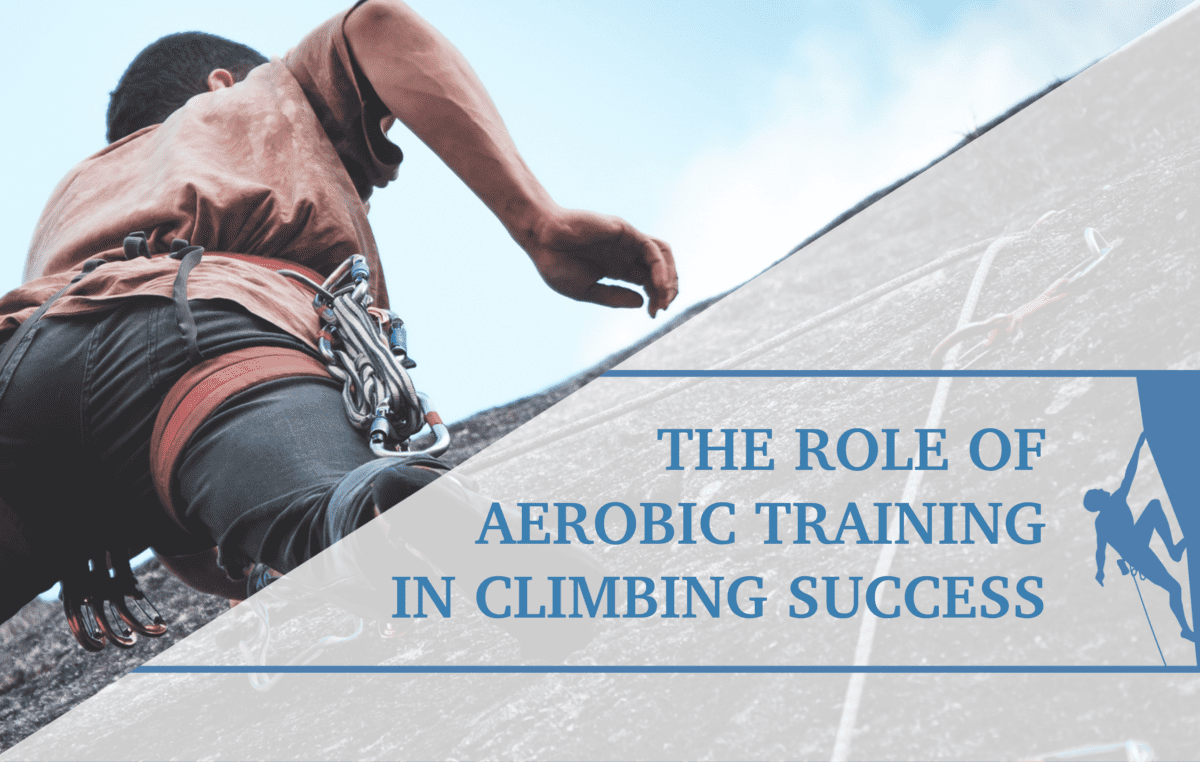Three Common Errors Made by New Climbers
- What is it: What is the problem or technique error?
- How do you know: Does this apply to you?
- What to do: How do you work on this problem and improve your climbing technique?
Over-Gripping
What is it: Often new climbers tend to grab each hold as hard as they possibly can. This may be a strategy to reduce the chance of falling off, or a stress/anxiety reaction to heights, or just because they don’t know of any other way to do it! If you’d like to delve deeper, Brian Rigby wrote a wonderful article for Climbing Magazine on the physiology of over-gripping and its interplay with the sympathetic nervous system. A diagram from the article is below. Click here to read the entire article.

How do you know: Climbers who over-grip become “pumped” in their forearms very quickly from over-using these muscles. Think about how you feel after completing a route within the middle your skill level. Are your forearms and fingers the only areas of your body that are tired? This may be an over-gripping problem.
What to do: Start on a traverse wall, close to the ground. Stand on small foot holds and find two hand holds above your feet. Slowly reduce the tension of your grip until you start to fall off the wall. Practice this a few times until you can find the right amount of grip tension to just keep you on the wall. Move along the traverse keeping this in mind. When you feel you are improving with this, take it to an easy climb like a 5.5 or 5.6 and make this the focus of your climb. Hold on as lightly as you can without falling off. Soon enough you will be doing this more naturally and should feel that you can climb more before starting to get pumped forearms.
Re-Grip/Re-Step
What is it: This is the tendency to move to a new hold, and then re-adjust one’s body position to “re-grab” the hold multiple times, as if testing it. This is also done with foot holds by stepping on the same hold multiple times or re-adjusting foot position multiple times before trusting that foot placement. This issue is also similar to “hold-shopping” in which the climber pauses and tests out multiple foot or hand placements before deciding which to use, all the while wasting valuable energy!
How do you know: This one is basically self-explanatory. You will realize if you do this just by reading the description and being aware during your next climb. Check out the video below for an example of a climber re-gripping, and then correctly moving along the same problem.
What to do: Find a route that is at the easier end of your skill level. This can be a climb or a traverse. Practice pre-sequencing the route from the ground. Think about which hand and foot holds you will use as you work your way up. Then as you climb, stick to that plan! You can also focus on shifting your weight slowly into hand and foot placements, adding more and more pressure until you are supporting yourself with those new holds.
Overuse of Arms and Underuse of Legs
What is it: One of the biggest problems I see in new climbers is that they spend huge amounts of energy pulling themselves up with their arms, and not properly utilizing their legs to help. The total muscle mass in one’s legs is much more compared to one’s arms, and they should be the primary propeller of your body up the wall. The three main issues causing overuse of arms are: moving hands before feet, center of mass control, and hip distance to the wall.
- Moving hands before feet means that you reach up to a higher handhold, pull yourself up to it, and then bring your feet up to the next holds. More experienced climbers will use their legs to push themselves upward and use the handholds for balance. Arm and grip muscle endurance is a valuable commodity when on the wall and it should be conserved as much as possible!
- Center of mass control means that the climber is moving their hands or feet too far to the side from their center of mass, causing them to work much harder to hold on to the wall.
- Hip distance to the wall is the last common cause of overusing arms, especially on routes that have a mild to moderate overhang. When your hips are too far away from the wall, you will start to feel you are being pulled away from the wall, not pulled downward. This makes the climb significantly harder and requires you to use your arms much more.
Climbing Movement Analysis
Hands Before Feet
- Think about what you want to move first when you are on the wall. Do you reach out with your hand and pull? Or do you step up with your foot and push/stand up? If it’s the first one, this is likely your strategy.
- In the first video clip notice how the climber’s hands move up the wall first, and his feet follow only after he’s finished pulling himself up to the next hold. In the second video clip, the climber moves his feet first and then stands up. The phrase you can think of to help you remember how to do this is “Step-up-stand-up”
Center of Mass
-
Have a friend (not your belayer) take a video of you climbing from behind. Every few seconds pause the video and look at the alignment of your hands and feet. If you draw a straight line up from your feet, this is the optimal place for your hands. If they are outside of the width of your feet, you are pulling from outside your center of mass, and will be working harder and more likely to barn-door. Note: this is true of most vertical routes. This may not apply as routes become more advanced and holds start to take on significant directionality.
- In the first video clip, the climber slips because there was no support for his body underneath the left hand-hold that he reached out to grab. On the next video clip, you can see how the climber shifts his weight to the left in order to move his center of mass closer to that left hand-hold.
Hip Distance
- Have a friend (not your belayer) take a video of you from the side, so that you can see how close you are to the wall. If the angle between your torso and thighs is constantly bent and never a straight line, you are likely keeping your hips too far away from the wall.
Take a look at the videos below for examples of these three faulty climbing patterns, and the corrected version!
What To Do
-
Try the “legs before arms” approach: move your feet up to higher holds without moving your hands. Then stand up (onto one or both legs, depending on the route), and as you do this, move one or both hands to the next hold up. Repeat as many times as the route allows to keep your legs doing the lion’s share of the work.
- This one needs a little explanation of terms. Your center of mass (COM) is the central point in your body where your weight is equally balanced. For the average person, it is at the level of the belly button, a few inches inward inside your body. Your base of support (BOS) is defined as all of the space between two points of contact of your body. Your COM should always be within your BOS. For example, if you have two footholds to the right of your COM and two handholds to the left of your COM, you would have to work extremely hard not to be pulled off the wall. However, if you focus on keeping your hand position directly above your feet, or at least between your feet, you will find that you are using much less energy overall.
- To get your hips closer to the wall, you will often need to turn your feet and knees outward. If this is hard for you, you may have some hip mobility restrictions that you will need to work on. Alternately, you can turn your whole body to one side and bring either your left or right hip as close to the wall as possible. This is especially helpful when the holds are directed for horizontal pulls, like a lean-back.
This covers a few of the most common technique errors seen in newer climbers. Even some more experienced climbers may realize that they are making some of these errors in certain situations. In climbing, more than many other sports, there is always room to improve in technique. Watching others, reflecting on your own technique, and bringing yourself back to the basics are great strategies to make sure you are always learning, growing, and climbing at your best.
About the Author
Joseph Derian, PT, DPT, OCS

Dr. Derian received his Doctor of Physical Therapy (DPT) degree from the University of Southern California in 2016, where he was inducted into the Order of the Golden Cane. He then completed the USC Orthopedic Physical Therapy Residency to further specialize in orthopedics. He sees patients in an outpatient orthopedic setting at Reiss Physical Therapy & Rehabilitation in Los Angeles. He also teaches in the DPT program at USC in the orthopedic curriculum. Additionally, Joseph conducts biomechanical research studying how Physical Therapy students learn manual therapy skills, specifically manipulation. He is a rock climber, home-brewer, and computer nerd.
- Disclaimer – The content here is designed for information & education purposes only and the content is not intended for medical advice.





This was SO helpful!
These are extremely helpful tips and the text and videos explain the concepts well. Thank you!